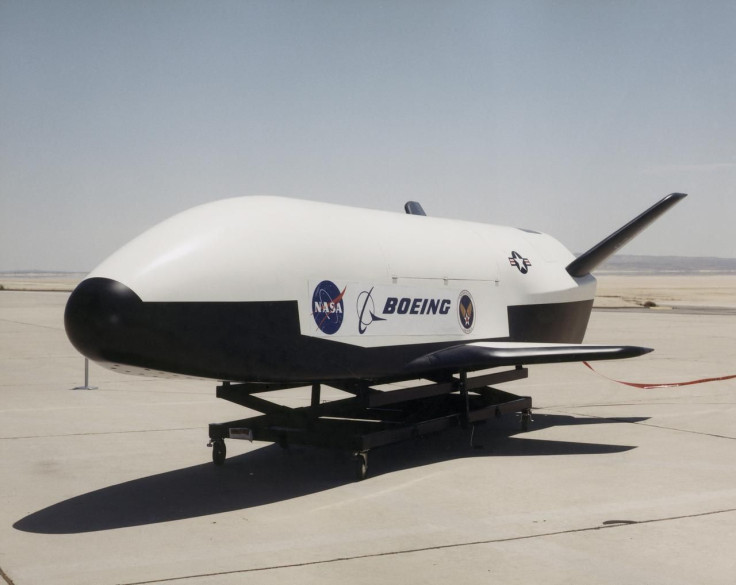Astronomer Captures US Air Force’s Secret X-37B Spacecraft During Test Flight

After years of secrecy, the U.S. Air Force’s mysterious X-37B robotic spacecraft developed by Boeing has finally been photographed while conducting its test flight. The astronomer who captured the image was also able to identify certain features of the classified spacecraft.
The X-37B, also known as the Orbital Test Vehicle, began as a project for a reusable spacecraft by NASA before it was transferred to the U.S. Department of Defense. Under the supervision of the U.S. Airforce, the X-37B became a classified project.
Since then, the X-37B’s test flights and its activities were conducted in secret, causing many conspiracy theorists to speculate that the spacecraft was being used for confidential intelligence-gathering missions.
Recently, astronomer and satellite tracker Ralf Vanderbergh from the Netherlands was able to capture an image of the mysterious space plane. In his post on Space Weather Gallery, he noted that he was able to take the photo using a Newtonian telescope with F/4,8 aperture and an Astrolumina ALccd 5L-11 mono CMOS camera.
According to Vanderbergh, he’s been tracking the X-37B for months now and was able to see it in May. He tried tracking it again in June but was not able to do so because the spacecraft took on a different orbit.
Based on the photo that he took, he described the X-37B as a smaller version of the Space Station. It’s actually so small that it was almost unrecognizable even though it was flying at an altitude of only 300 kilometers.
Despite the lack of details in his photo, Vanderbergh was still able to identify the key components of the spacecraft. After processing the image, he was able to label the nose, tail and payload bay door sections of the X-37B.
The spacecraft that Vanderbergh was able to photograph is currently going through its fifth test mission, dubbed as OTV-5. It was officially launched on Sept. 7, 2017 through SpaceX’s Falcon 9 rocket.
The sixth mission for X-37B is scheduled to take place sometime in December. The U.S. Air Force plans to launch the spacecraft through the United Launch Alliance and Boeing’s Atlas V 501 rocket.
© Copyright IBTimes 2025. All rights reserved.





















